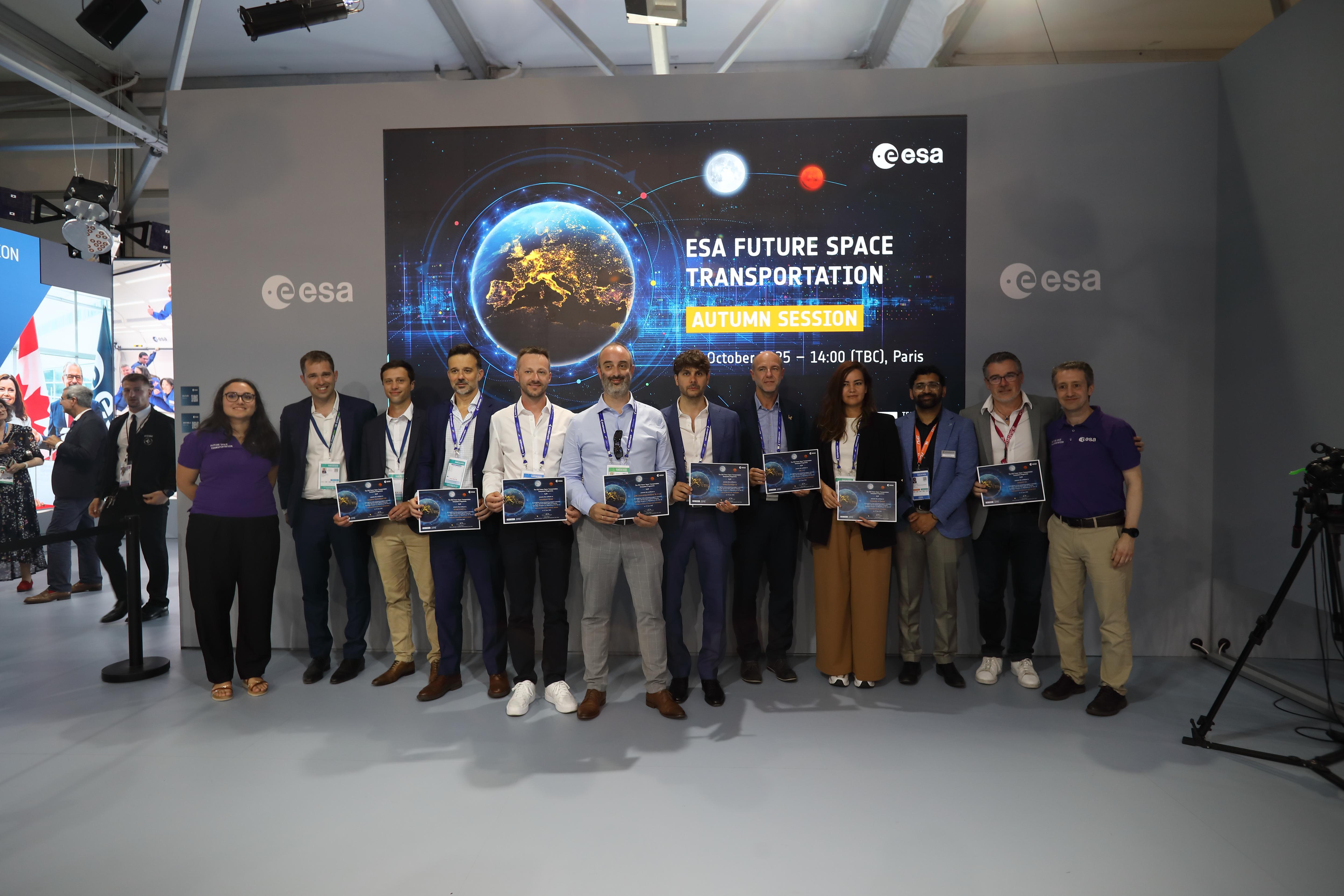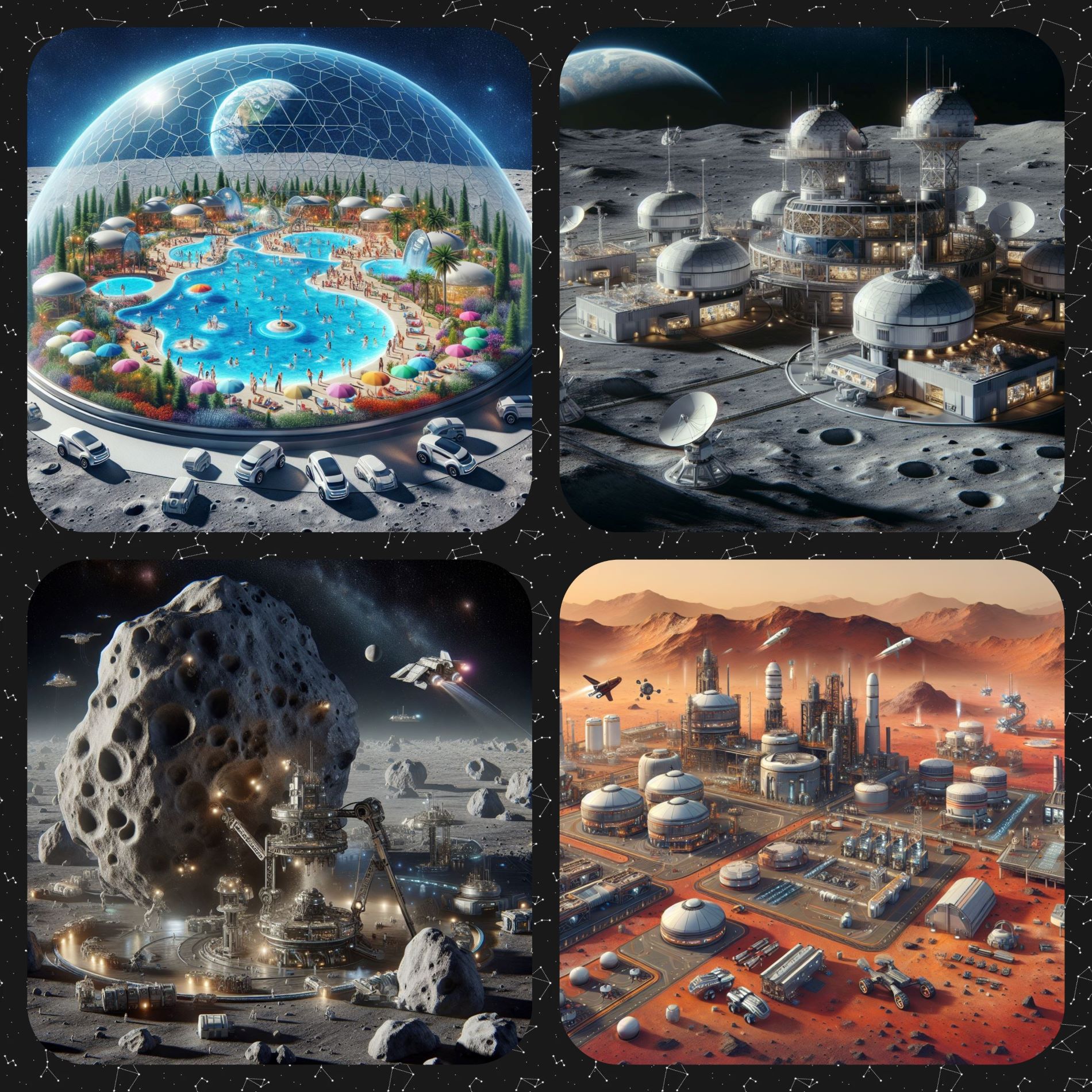The European Space Agency’s future space transportation programme, FLPP, is advancing the future of European space transportation. The goal is ambitious: a reusable, interoperable system that multiple companies can contribute to and benefit from. Envisioning space transportation as a comprehensive integrated service, the programme focuses on reusable launch systems, in-orbit payload delivery, and space logistics to support a range of missions.
Envisioning the ecosystem
ESA anticipates a future where reusable launch vehicles routinely deliver payloads to high parking orbits, from where spacecraft deliver payloads to their final destinations or to orbital logistical hubs. This ecosystem will be the Android of space transportation: various companies can plug in to a common framework to ensure interoperability for their missions.
FLPP is backed by rigorous space logistics and system studies that identify the needs of the ecosystem. The programme comprises a wide range of projects across multiple disciplines, with the core activities structured into four teams, each addressing a specific aspect of space transportation.
- THRUST! works on propulsion systems, with a focus on high-thrust engines, which form the foundation of Europe’s launch capabilities.
- BEST! addresses reusability for boosters and rocket stages to make launchers more sustainable and cost-effective.
- FIRST! fast-tracks high-risk, high-reward disruptive technologies, from advanced avionics to new materials, accelerating these innovations for operational readiness.
- In-Space Proof-of-Concepts, or InSPoC, focuses on the critical elements needed for in-space logistics, such as docking, refilling, embodied intelligence and containerisation.
Together, these teams partner with European industry to develop the future space transportation ecosystem.
Enabling the ecosystem
The programme’s structured, two-stage open competition process enables European companies both large and small to submit concepts that address the needs of the future ecosystem.

In Stage 1, ESA issues a targeted call for ideas through the Open Space Innovation Platform (OSIP), where eligible proposals are evaluated and selected participants present their ideas at a virtual pitch day event with investors and industry leaders. Investors, industry leaders and space logistics suppliers can connect during the event: such matchmaking opportunities are at the heart of the programme.
Stage 2 is open to entrants from stage 1 as well as new entrants. ESA issues an Invitation to Tender on esa-star and comprehensive proposals are submitted at this phase. Selected companies advance to contract negotiations with ESA, after which they begin developing their concepts with ESA’s technical and business support.
Twice a year, around April and October, the space transportation ecosystem industry is invited to an in-person event to connect, share their ongoing projects and celebrate achievements in the ecosystem. The winners of these competitions are announced publicly at this event.
Key to the programme is the culture of “coopetition”— a mix of competition and collaboration. Companies that are competing for contracts also work together throughout the open competition process to develop shared guidelines and interoperable systems that align with ESA’s vision. The In-Space Transportation Club serves as a platform where ESA, space logistics suppliers, and space logistics customers meet to align and discuss shared requirements. This fosters innovation while ensuring that the ecosystem remains easily accessible and adaptable.
On the way to success
The programme has already seen significant success: Themis’ recent ‘full fit-check’ test, confirmed that all main elements fit together as planned. Themis, ESA’s reusable rocket first stage demonstrator, will reduce the cost of access to space while ensuring reliability and sustainability. Likewise, Prometheus has successfully completed hot firing tests, proving the capabilities of the low-case reusable engine. ESA’s orbital robotics labs have put docking interfaces for InSPoC-1 through their paces, proving their performance in ground-based tests. These are key components in building the efficient space transportation ecosystem envisioned by ESA.
ESA’s aim is not only to boost Europe’s space capabilities but also to build a robust, adaptable ecosystem that can meet the evolving needs of the space economy. The future space transportation team at ESA will meet Europe’s future space transportation challenges, ensuring competitive European industry and reliable, independent access to space.
To learn more about the programme, its open competitions and events, visit the ESA Space Transportation for Business website.









